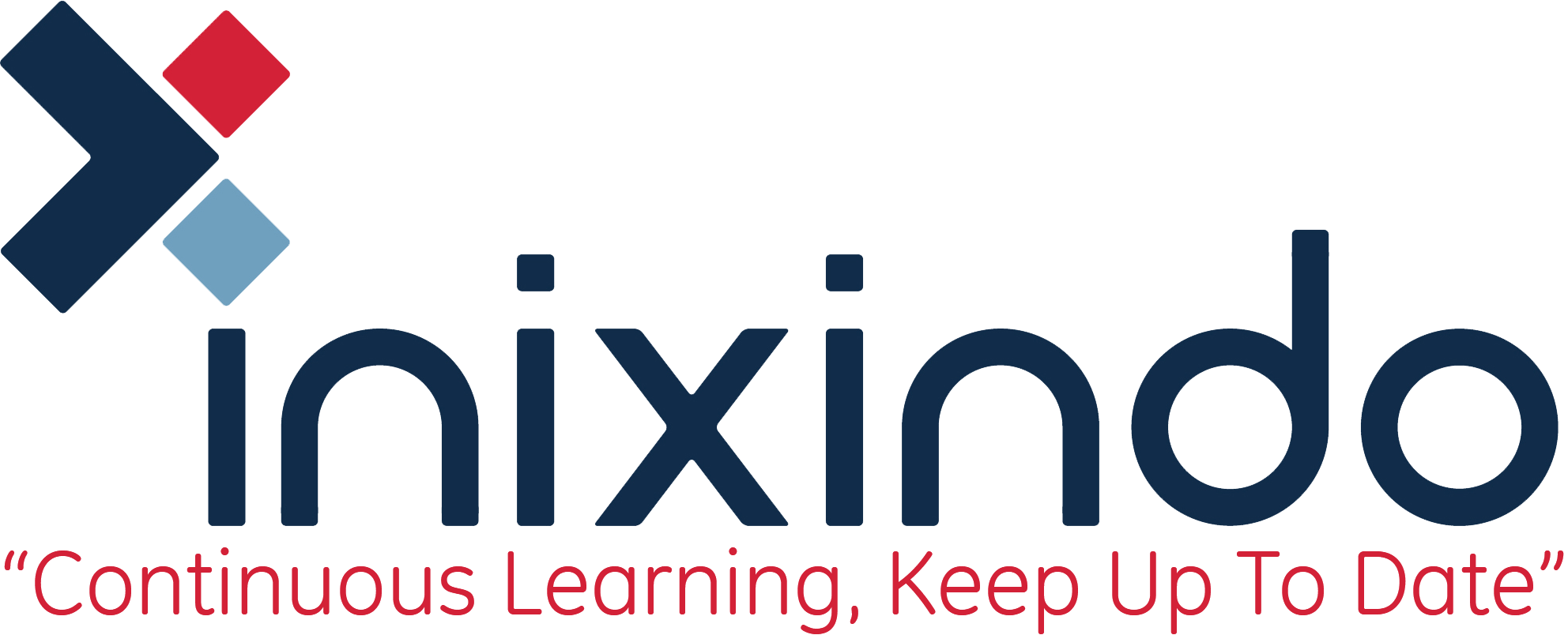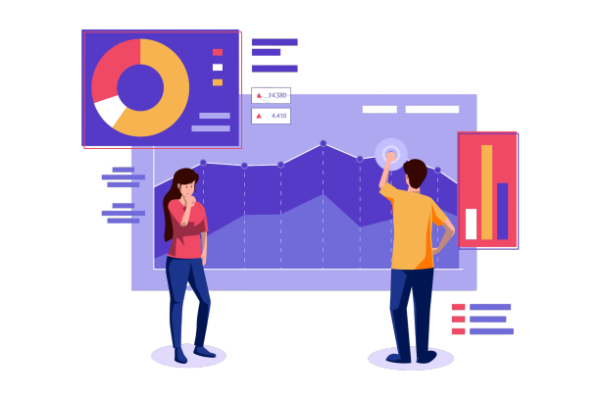Course Description
As technology progresses and becomes more interwoven with our businesses and lives, more data is collected about business and personal activities. This era of “big data” is a direct result of the popularity and growth of cloud computing, which provides an abundance of computational power and storage, allowing organizations of all sorts to capture and store data. Leveraging that data effectively can provide timely insights and competitive advantages.
Creating data-backed visualizations is key for data scientists, or any professional, to explore, analyze, and report insights and trends from data. Microsoft® Power BI® software is designed for this purpose. Power BI was built to connect to a wide range of data sources, and it enables users to quickly create visualizations of connected data to gain insights, show trends, and create reports. Power BI’s data connection capabilities and visualization features go far beyond those that can be found in spreadsheets, enabling users to create compelling and interactive worksheets, dashboards, and stories that bring data to life and turn data into thoughtful action.
- Course Objectives:
- Target Student:
- Course Content
In this course, you will analyze data with Microsoft Power BI. You will:
• Analyze data with self-service BI.
• Connect to data sources.
• Perform data cleaning, profiling, and shaping.
• Visualize data with Power BI.
• Enhance data analysis by adding and customizing visual elements.
• Model data with calculations.
• Create interactive visualizations.
• Use advanced analysis techniques.
• Enhance reports and dashboards.
• Publish and share reports and dashboards.
• Extend Power BI beyond the desktop.
This course is designed for professionals in a variety of job roles who are currently using desktop or web-based data management tools such as Microsoft Excel® or SQL Server® reporting services to perform numerical or general data analysis. They are responsible for connecting to cloud-based data sources, as well as shaping and combining data for the purpose of analysis. They are also looking for alternative ways to analyze business data, visualize insights, and share those insights with peers across the enterprise. This includes capturing and reporting on data to peers, executives, and clients.
Analyzing Data with Self-Service BI
• Data Analysis and Visualization for Business Intelligence
• Self-Service BI with Microsoft Power BI
Connecting to Data Sources
• Create Data Connections
• Configure and Manage Data Relationships
• Save Files in Power BI
Performing Data Cleaning, Profiling, and Shaping
• Clean, Transform, and Load Data with the Query Editor
• Profile Data with the Query Editor
• Shape Data with the Query Editor
• Combine and Manage Data Rows
Visualizing Data with Power BI
• Create Visualizations in Power BI
• Chart Data in Power BI
Enhancing Data Analysis
• Customize Visuals and Pages
• Incorporate Tooltips
Modeling Data with Calculations
• Create Calculations with Data Analysis Expressions (DAX)
• Create Calculated Measures and Conditional Columns
Creating Interactive Visualizations
• Create and Manage Data Hierarchies
• Filter and Slice Reports
• Create Dashboards
Using Advanced Analysis Techniques
• Create Calculated Tables, Variables, and Parameters
• Enhance Visuals with Statistical Analysis
• Perform Advanced Analysis
Enhancing Reports and Dashboards
• Enhance Reports
• Enhance Dashboards
Publishing and Sharing Reports and Dashboards
• Publish Reports
• Create and Manage Workspaces
• Share Reports and Dashboards
Extending Power BI Beyond the Desktop
• Use Power BI Mobile
• Extend Access with the Power BI API


